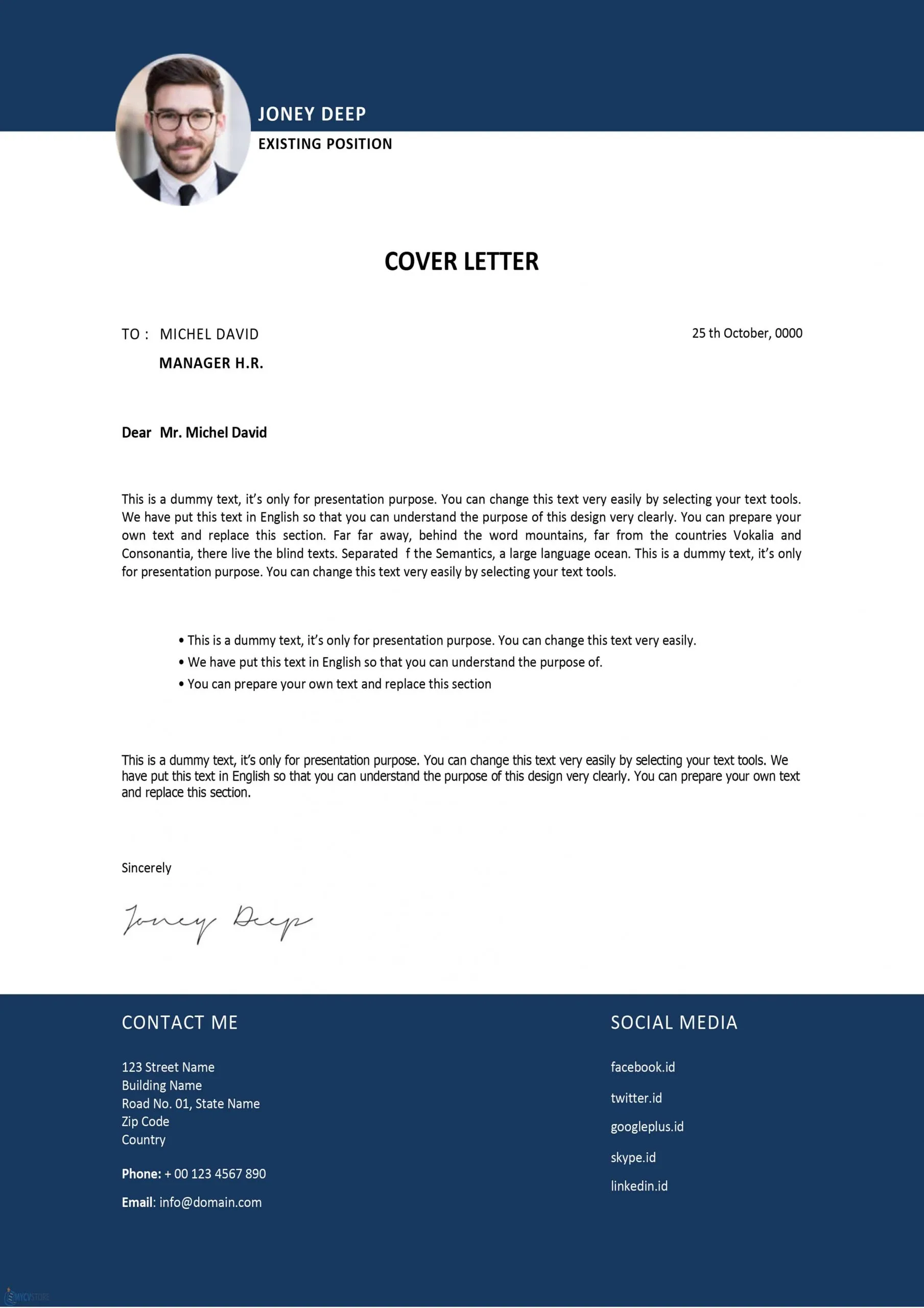What is a Graphic Design Cover Letter?
A graphic design cover letter is your first impression on a potential employer, a crucial tool in the job application process. It’s a document that accompanies your resume, and it’s where you get to showcase your personality, skills, and enthusiasm for the specific graphic design role. Think of it as a brief introduction that expands on your resume, giving the hiring manager a glimpse into your creative process and your ability to communicate effectively. It’s an opportunity to connect your skills and experiences with the requirements of the job, demonstrating why you are the perfect fit for the position. A well-crafted cover letter is a vital part of your job application, showcasing your unique qualities that set you apart from other candidates and demonstrating your genuine interest in the company and the specific role. Therefore, it is a necessary instrument for any graphic designer seeking to make a lasting impression.
Why is a Cover Letter Important for Graphic Designers?
In the competitive field of graphic design, a cover letter is far more than just a formality; it’s a strategic tool. It provides a platform to express your passion and creativity, which a resume, with its concise format, might not fully convey. This is your chance to demonstrate that you understand the company’s values and that you have the skills and experience to align with their projects. It allows you to highlight your design philosophy, showcasing your approach to problem-solving and your unique aesthetic. By personalizing your letter to each application, you can show potential employers that you’re genuinely interested in their specific opportunities, which sets you apart from generic applicants. Furthermore, it showcases your written communication skills, a crucial asset for a graphic designer who must articulate ideas to clients and colleagues. The best graphic designers understand that every interaction, including a cover letter, is an opportunity to demonstrate their professional capabilities and a commitment to excellence.
Tip 1 Highlight Your Best Design Skills
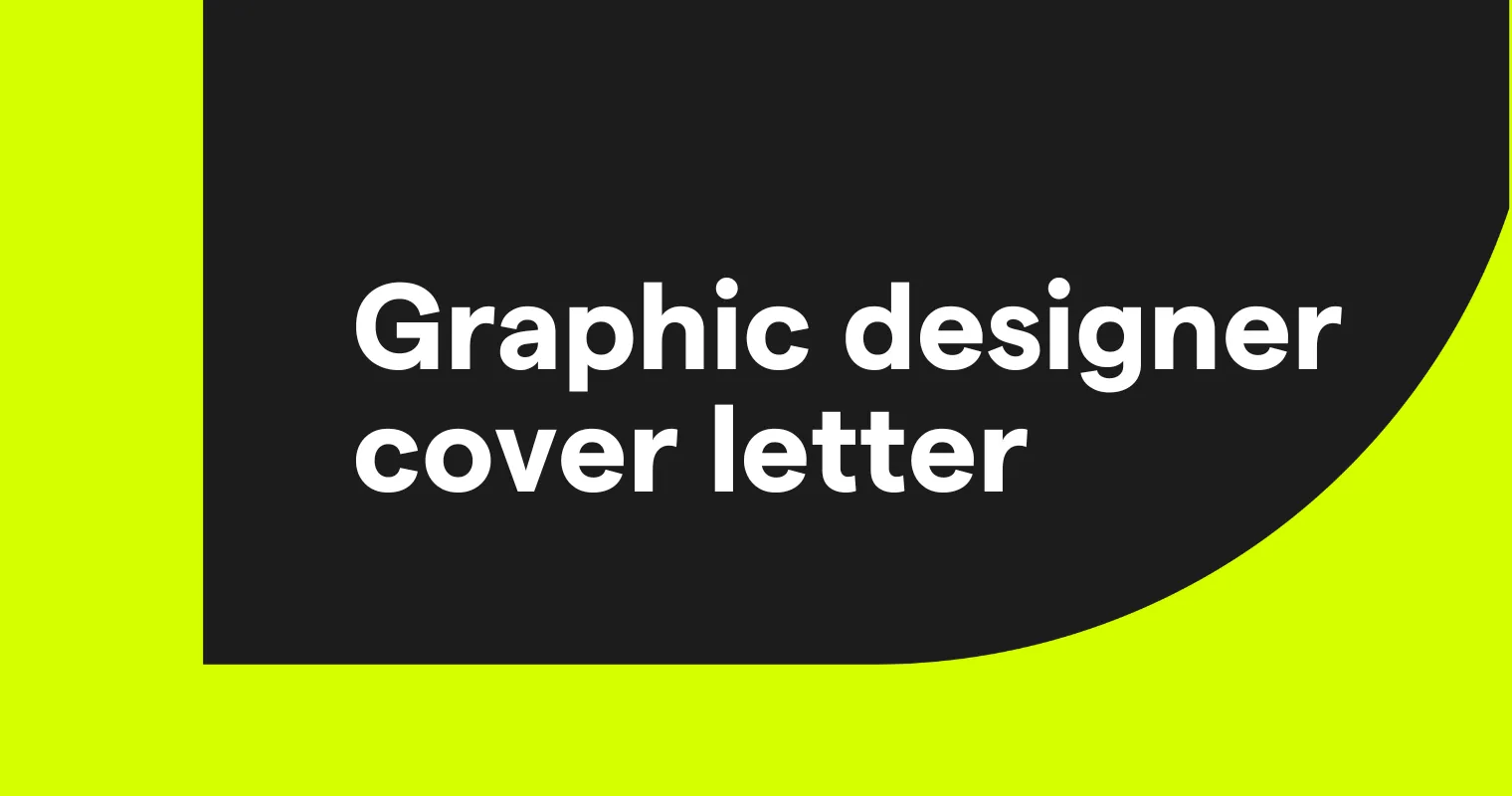
Your cover letter is your opportunity to shine a spotlight on your most relevant skills. Instead of listing all your abilities, focus on those that are directly related to the job description. If the role emphasizes branding, highlight your experience in logo design, brand guidelines, and visual identity. Use keywords from the job posting, making sure your skills align with the company’s needs. Provide specific examples of projects where you’ve successfully applied those skills, showcasing the impact of your work. This could involve explaining how a design you created led to increased brand recognition or a boost in sales. It is essential to articulate what makes you a great designer and how your skills directly benefit the company. By doing this, you establish yourself as a credible candidate who understands the position’s needs and can deliver results.
Showcasing Your Portfolio
Your portfolio is your primary tool to make a great impression, and your cover letter should work to drive attention to it. In your letter, mention your portfolio’s URL and provide brief, compelling descriptions of your key projects. Highlight those that best reflect the role’s requirements and those you believe showcase your strongest skills. Describe your creative process and the unique solutions you brought to each project. Explain how you addressed any challenges, and what positive results you achieved. This provides the hiring manager with a context, making your portfolio more meaningful. Your cover letter should serve as a teaser, encouraging the hiring manager to dive deeper into your portfolio. Make it easy for them to navigate and appreciate your work.
Tip 2 Tailor Your Cover Letter to the Job
Generic cover letters are easily recognizable and often discarded. Demonstrate your genuine interest by customizing each letter to fit the specific job and company. Generic cover letters give the impression you are not dedicated to the application. Review the job description carefully, paying attention to the required skills, responsibilities, and the company’s values. Then, align your experiences and skills with their needs. Explain how you can contribute to their goals. Mentioning the company’s recent projects, or specific aspects of their work that you admire, shows that you’ve done your homework and are genuinely interested in working there. This personalization makes a memorable impact, showing the employer that you’re not just sending out mass applications but are really invested in the position.
Researching the Company and Position
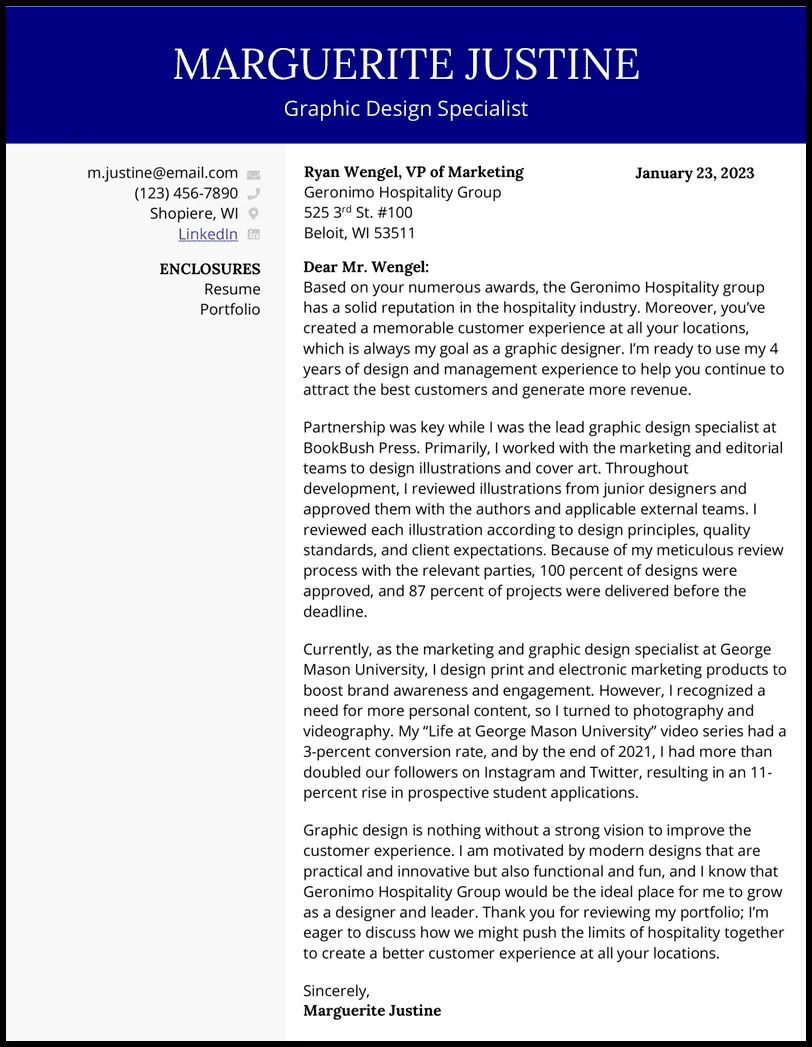
Before you begin writing, take the time to learn about the company and the role you are applying for. Visit their website, browse their social media accounts, and read any recent press releases or news articles. Try to gain a solid understanding of their culture, brand identity, and the types of projects they undertake. This information will give you a good understanding of the company’s values and its requirements. Researching the specific position is equally crucial. Understand what the role entails, the skill set required, and the team you’ll be working with. This information will allow you to tailor your cover letter to the company’s needs and will make it more effective. By researching, you can reference specifics in your letter, demonstrating your serious interest and understanding of the company’s context.
Using Keywords from the Job Description
Recruiters often use applicant tracking systems (ATS) to filter applications. These systems scan cover letters and resumes for specific keywords that match the job description. To make sure your application gets noticed, incorporate relevant keywords from the job posting into your cover letter. Identify the key skills, software, and responsibilities mentioned in the description, and strategically include these terms in your writing. However, avoid keyword stuffing; your letter must still read naturally and be engaging. Weave these keywords into your descriptions of past experiences and skills. This will increase the chance of your cover letter passing through the ATS and making it to the hiring manager’s desk. Tailoring your cover letter this way allows you to highlight your relevance and qualifications for the role.
Tip 3 Quantify Your Achievements
In your cover letter, avoid simply stating what you’ve done; demonstrate what you’ve achieved by using numbers and data. Instead of saying you ‘improved brand awareness’, state that you ‘increased brand awareness by 20% through a new social media campaign.’ Instead of ‘designed successful marketing materials,’ say you ‘designed marketing materials that led to a 15% increase in sales.’ Provide tangible evidence that underscores your impact. The more specific you are, the better. This demonstrates your ability to deliver results and contribute to the company’s success. Quantifying your achievements makes your cover letter more powerful and persuasive, making you a more attractive candidate in the eyes of the hiring manager. Numbers tell a convincing story and illustrate the real-world value you bring to the table.
Using Numbers to Show Impact
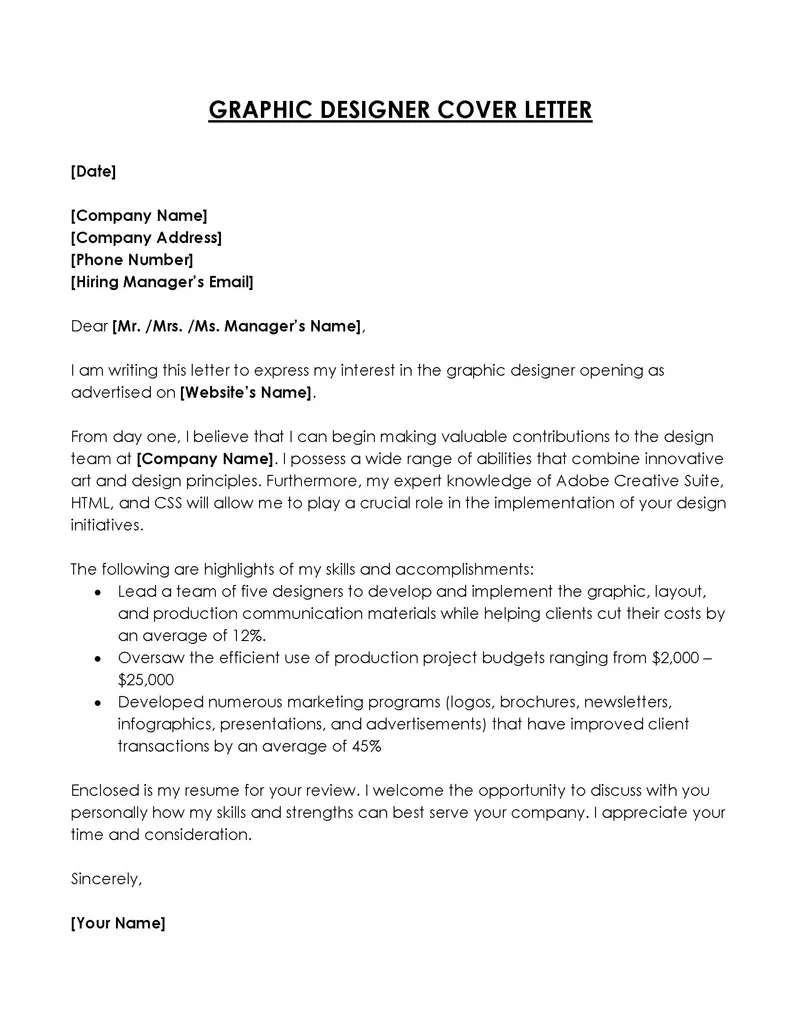
Numbers give concrete proof of your achievements. When describing your past experiences, focus on providing metrics that showcase your impact. For example, did you increase website traffic, reduce marketing costs, or improve client satisfaction? Providing statistics can help you stand out from others. When possible, use percentages to demonstrate growth. For instance, ‘Increased client engagement by 30% through redesigning the website’ is more compelling than ‘improved client engagement.’ Using specific data creates credibility and demonstrates your ability to deliver value. Keep your data relevant, and make sure the information is verifiable. Using numbers strengthens your claims and shows potential employers what you’re able to do.
Providing Specific Examples
Specific examples add credibility and help hiring managers visualize your accomplishments. Rather than just mentioning your skills, offer vivid examples to support your claims. Describe a project where you faced a challenge, and show how you overcame it. Explain the design process, the solution you implemented, and the positive outcome. Relate these examples to the job requirements. If the role requires a strong understanding of branding, share a success story about creating a brand identity, including the research process, the creative process, and the final results. The details you provide will bring your qualifications to life and demonstrate the value you can bring to the organization. These specific examples make your cover letter engaging and memorable, leaving a lasting positive impression.
Tip 4 Demonstrate Passion and Enthusiasm
A cover letter is your opportunity to express your genuine passion for graphic design and your enthusiasm for the specific role and company. Your cover letter should reflect a positive attitude, expressing your excitement to work with the design team, the type of projects, and your interest in learning and growing. Share what motivates you in your creative endeavors, and how your goals align with the company’s mission. Make it clear why you’re interested in the position beyond just needing a job. Avoid using generic phrases; instead, show your unique perspective. When you present yourself as an enthusiastic designer, you make a memorable impression. This shows the hiring manager that you care about the opportunity and are willing to dedicate your time to the company.
Expressing Your Design Philosophy
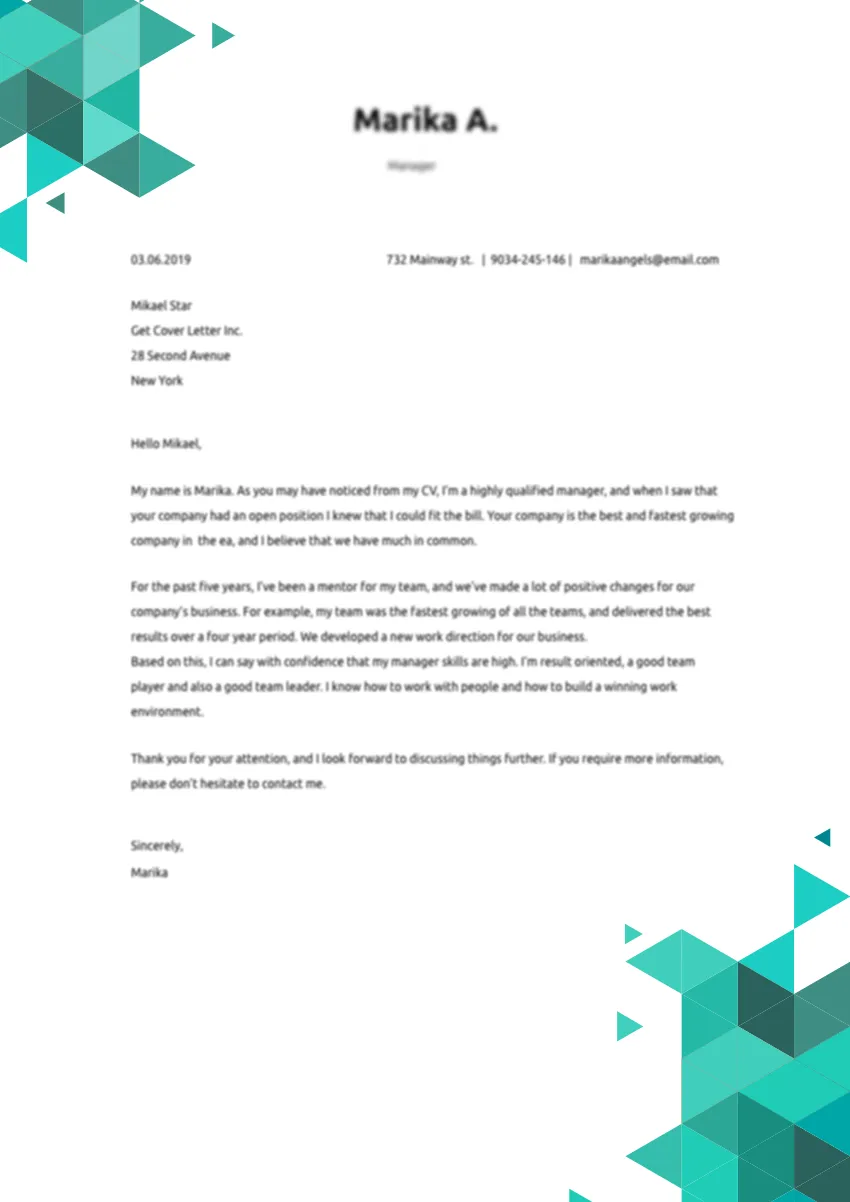
Your cover letter is also a chance to share your design philosophy. What drives your creative process? What are your design principles? How do you approach a project, and how do you solve problems? Explain what you believe in. This can involve explaining your thoughts on color theory, typography, or user experience. Showing the hiring manager your design philosophy provides an understanding of your unique approach to projects. This helps the hiring manager to understand if you are a good fit with their company’s values and culture. Your design philosophy helps you stand out from other candidates. It is another aspect of your personality that can make you more memorable.
Showing Your Understanding of the Industry
Show that you are informed about the industry by demonstrating your understanding of current trends and the challenges that graphic designers face. Discuss recent projects, industry news, and the future of design. This can be done by mentioning a recent project that caught your eye or discussing how you have adapted to changes in the industry. Showing that you stay current with the latest advancements shows that you’re dedicated to growth and improvement. This signals to the hiring manager that you are an active and engaged member of the graphic design community. This demonstrates that you’re not just looking for a job, but that you’re invested in your career and in the design community as a whole.
Tip 5 Proofread and Perfect Your Cover Letter
A cover letter with errors is a red flag that could damage your chances. Always proofread your cover letter to ensure that it is free from grammar errors, spelling mistakes, and typos. Use a spell-checker, and consider asking a friend, or another professional, to review your letter. If a cover letter contains errors, it creates a bad impression on the employer. They may perceive that you’re inattentive to details, not careful, or not invested in the application. Make sure your cover letter’s format is also professional. Ensure your layout is clean, easy to read, and well-organized. Your cover letter is a reflection of your professionalism, so take the time needed to ensure it is perfect. It is important to create an impact that highlights your skills, and expresses your passion for design.
Checking for Grammar and Spelling Errors
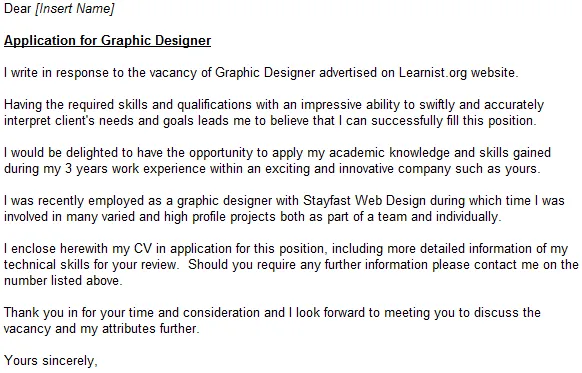
Grammar and spelling mistakes are a distraction that can undermine your credibility. Before submitting your cover letter, read through it carefully, paying attention to any possible mistakes. Use a grammar checker and spell-checker tool to catch errors. Check your sentences. Ensure that your sentences are clear and concise. Make sure that your punctuation is correct, including commas, periods, and other punctuation marks. Don’t rely on software alone. Even the best tools may not catch all errors. It helps to have another person proofread your cover letter because they may notice mistakes that you did not. They may also make suggestions on how to improve your content.
Ensuring a Professional Tone
The tone of your cover letter should be formal, respectful, and professional. Avoid using slang, jargon, or overly casual language. Address the hiring manager by name if possible. If you don’t know the name, use a general salutation, such as ‘Dear Hiring Manager.’ Your letter should express your enthusiasm without being overly eager or boastful. You want to sound confident, not arrogant. Write in a clear and concise manner, and avoid unnecessary words and phrases. Keep your language professional, and do not use language that is offensive. Be polite, and thank the employer for their time and consideration. A professional tone is essential, and it is important when applying for jobs.
